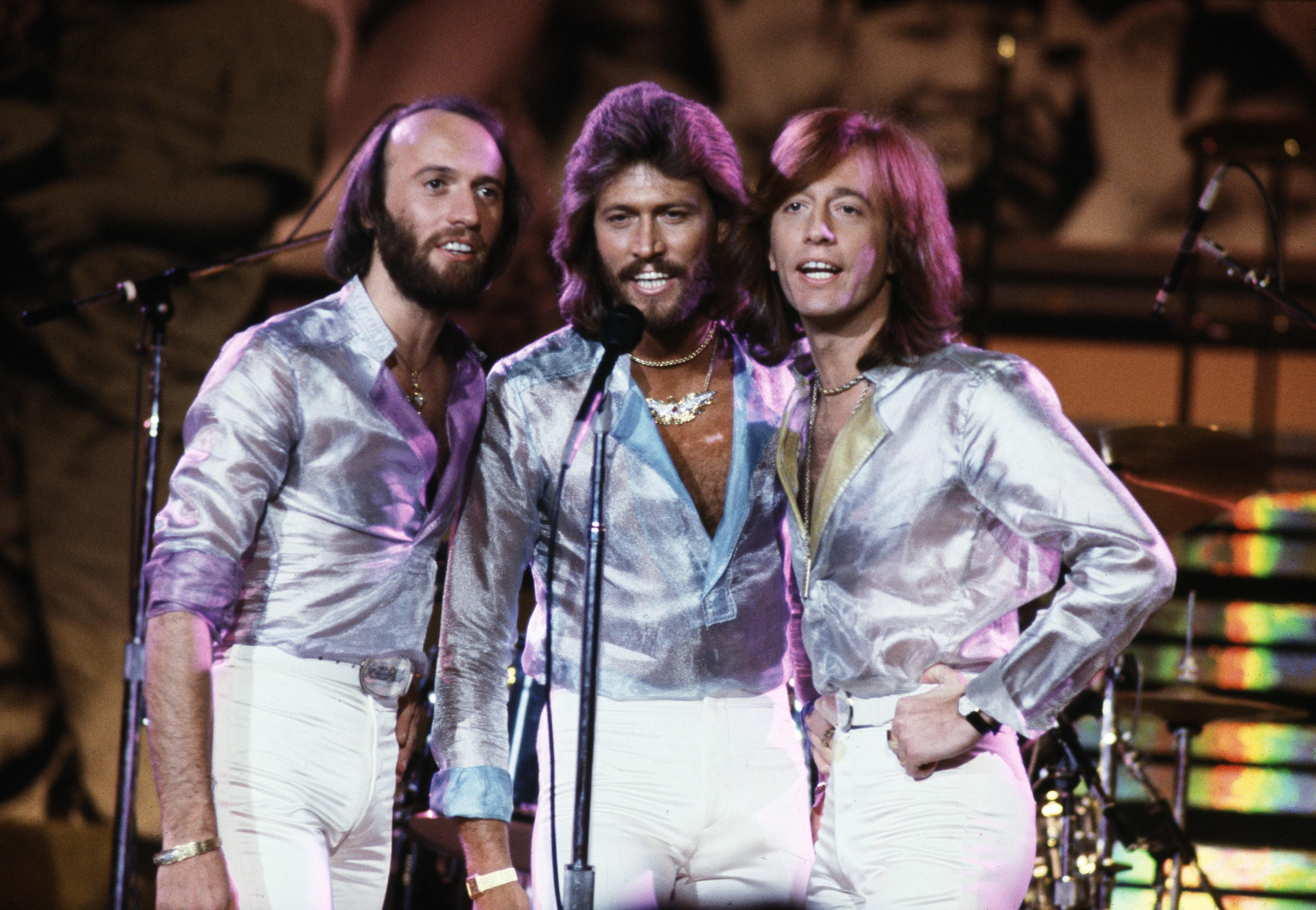Introduction:
In the annals of music history, few songs have captured the essence of an entire era as completely as “Night Fever” by the Bee Gees. Released in 1978 as part of the soundtrack for the film Saturday Night Fever, this track didn’t just top the charts; it became the pulsating heart of the disco movement. With its irresistible rhythm, soaring falsetto harmonies, and an undeniable sense of glamour and urgency, “Night Fever” transformed from a hit single into a cultural phenomenon.
The creation of “Night Fever” was a moment of pure musical alchemy. The Bee Gees—Barry, Robin, and Maurice Gibb—were already titans of pop, but it was their partnership with producer Albhy Galuten and keyboardist Blue Weaver that unlocked a new level of brilliance. Inspired by a conversation with the film’s director, Barry Gibb crafted the iconic opening line, “Listen to the rhythm of the falling rain.” It’s a line that perfectly sets the scene, evoking the city’s energy and the promise of a night out, while the rest of the song builds on that tension and release.
The song’s genius lies in its simplicity and its layered complexity. The hypnotic bassline, played by the legendary Dennis Bryon, forms the bedrock of the track, a steady, driving pulse that mirrors the relentless beat of a disco dance floor. Above it, the lush string arrangements and intricate keyboard work by Blue Weaver create a shimmering, ethereal soundscape. But what truly makes the song unforgettable are the vocals. The three brothers’ voices, each distinct yet perfectly blended, shift from soulful lead lines to their signature high-pitched falsetto, a sound that became synonymous with the Bee Gees’ dominance in the late ’70s.
“Night Fever” is more than just a dance track; it’s a feeling. It speaks to the universal desire for escape, for a place where you can lose yourself in the music and the moment. The song captures the thrill of a Friday night, the anticipation of meeting someone new, and the intoxicating freedom found under a spinning disco ball. It’s an ode to the urban landscape of the 1970s, a testament to a time when a simple beat could bring people together and make them feel alive. Even decades later, when the opening notes of “Night Fever” fill a room, its power remains undiminished. It’s not just a song; it’s an invitation to dance, to dream, and to be part of a fever that will never truly break.
